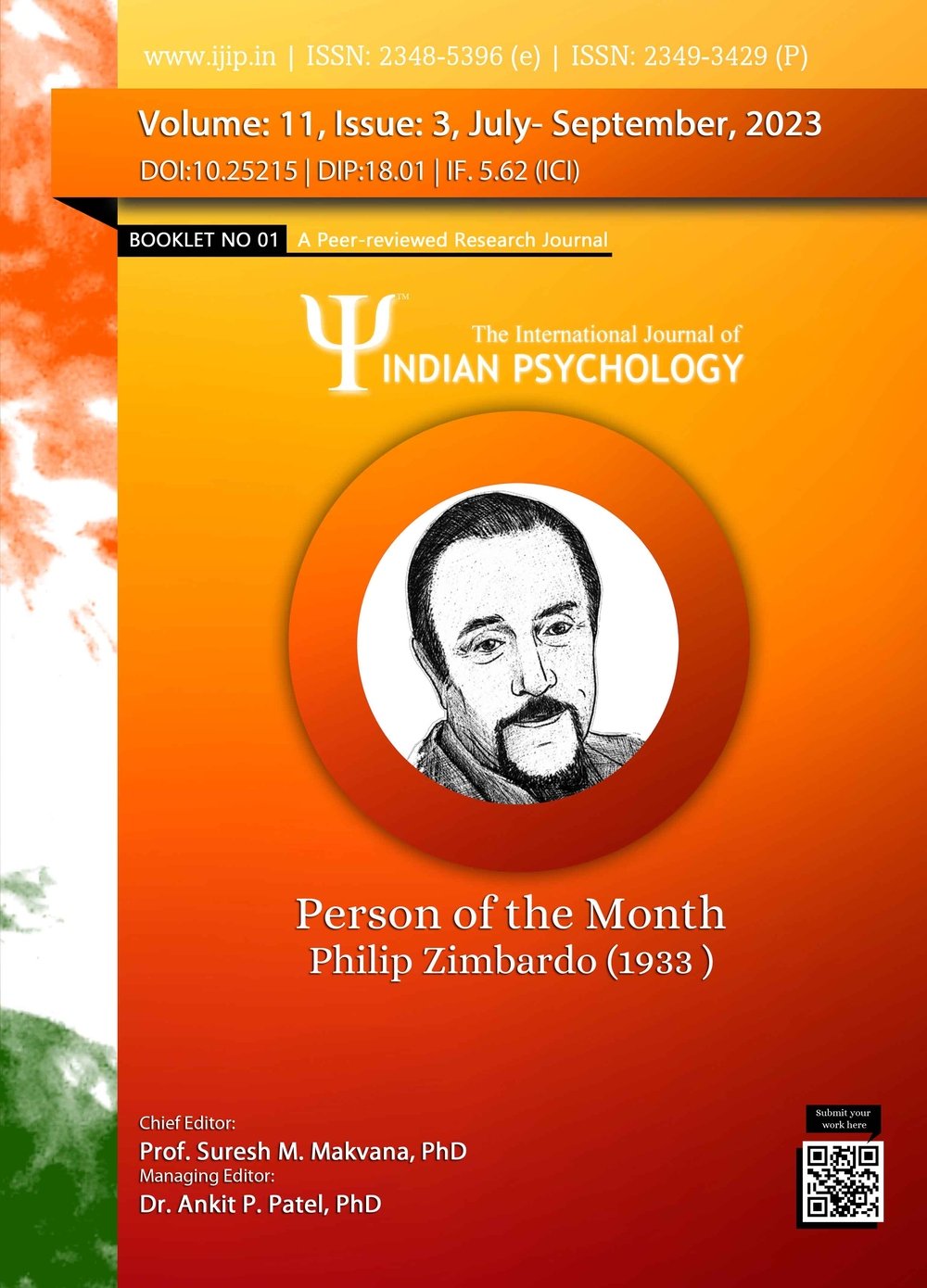Midlife Crisis in Indian Men and Women
DOI:
https://doi.org/10.25215/1103.040Keywords:
Midlife Crisis, Indian Men and WomenAbstract
Gender norms used to define midlife crises: women were disoriented and disillusioned by relationship changes, while males were disoriented and dissatisfied by job changes. Women’s midlife worries have grown as more pursue employment and become breadwinners. The appearance of a midlife crisis varies depending on the woman who is experiencing it. Midlife can bring about a lot of changes and losses, such as decreasing health, retirement, caring for aged parents, and taking on unanticipated responsibilities for adult children or grandkids. Suicide rates rise as people get older. Depression and substance misuse are common, yet they are frequently misdiagnosed and untreated. By correctly diagnosing and treating midlife depression and substance misuse, making appropriate referrals for psychotherapy, and leveraging the support and educational resources of a community and national organizations, the primary care physician can promote healthy ageing. The association between midlife crisis and depression, worry, and quality of life in Indian men and women has been studied empirically, and it has a substantial relationship with depression, worry and quality of life. The study included 120 samples (60 males and 60 females), ranging in age from 45 to 60 years. WHOQOL- Bref, Beck’s Depression Inventory ll, and Penn’s Worry Questionnaire were the three tools used. Descriptive statistics were used, as well as Pearson’s correlation. Gender and midlife crises were found to have a positive relationship.Metrics
No metrics found.
Published
2022-11-05
How to Cite
Brindashree Hazra, & Prof. Dipanjana Chatterjee. (2022). Midlife Crisis in Indian Men and Women. International Journal of Indian Psychȯlogy, 11(3). https://doi.org/10.25215/1103.040
Issue
Section
Articles


